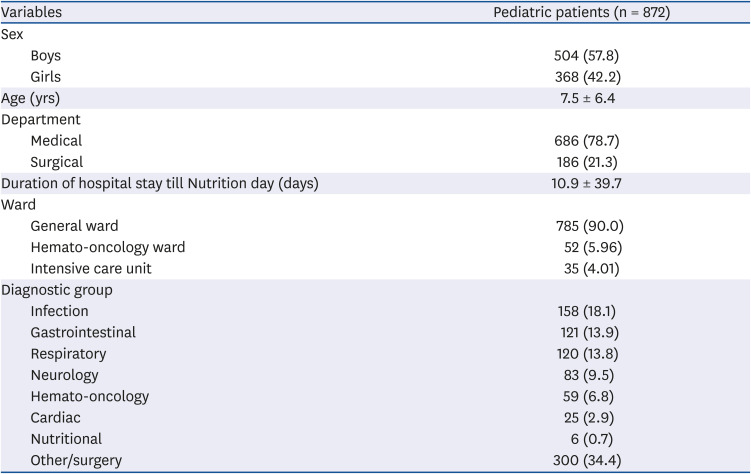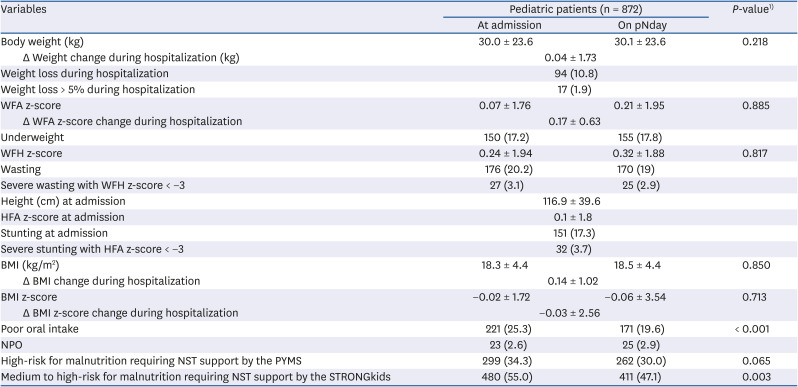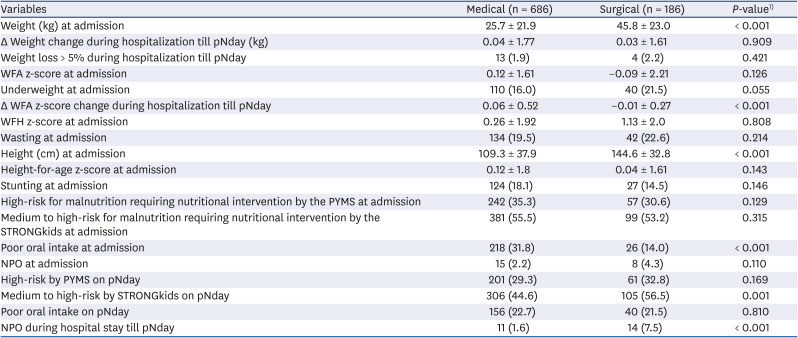1Department of Pediatrics, Soonchunhyang University Bucheon Hospital, Soonchunhyang University College of Medicine, Bucheon 14584, Korea.
2Department of Pediatrics, Gachon University Gil Medical Center, Gachon University College of Medicine, Incheon 21565, Korea.
3Department of Pediatrics, Kangwon National University School of Medicine, Chuncheon 24289, Korea.
4Department of Pediatrics, School of Medicine, Kyungpook National University, Daegu 41944, Korea.
5Department of Pediatrics, Gyeongsang National Institute of Health Sciences, Gyeongsang National University Hospital, Gyeongsang National University College of Medicine, Jinju 52727, Korea.
6Department of Pediatrics, Keimyung University Dongsan Medical Center, Keimyung University School of Medicine, Daegu 42601, Korea.
7Department of Pediatrics, Korea University College of Medicine, Seoul 02841, Korea.
8Department of Pediatrics, Myongji Hospital, Hanyang University College of Medicine, Goyang 10475, Korea.
9Department of Pediatrics, Boramae Medical Center, Seoul National University, Seoul 07061, Korea.
10Department of Pediatrics, Samsung Changwon Hospital, Sungkyunkwan University School of Medicine, Changwon 51353, Korea.
11Department of Pediatrics, Daejeon Eulji Medical Center, Eulji University School of Medicine, Daejeon 35233, Korea.
12Department of Pediatrics, Nowon Eulji Medical Center, Eulji University School of Medicine, Seoul 01830, Korea.
13Department of Pediatrics, Busan Paik Hospital, Inje University College of Medicine, Busan 47392, Korea.
14Department of Pediatrics, Inje University Sanggye Paik Hospital, Inje University College of Medicine, Seoul 01757, Korea.
15Department of Pediatrics, Inje University Ilsan Paik Hospital, Inje University College of Medicine, Goyang 10380, Korea.
16Department of Pediatrics, Haeundae Paik Hospital, Inje University College of Medicine, Busan 48108, Korea.
17Department of Pediatrics, Jeonbuk National University Hospital, Jeonbuk National University Medical School, Jeonju 54907, Korea.
18Department of Pediatrics, Jeju National University Hospital, Jeju 63241, Korea.
19Department of Pediatrics, Chung-Ang University Hospital, Chung-Ang University College of Medicine, Seoul 06973, Korea.
20Department of Pediatrics, Chosun University School of Medicine, Gwangju 61453, Korea.
21Department of Pediatrics, Chungbuk National University College of Medicine, Cheongju 28644, Korea.
22Department of Pediatrics, Hanyang University Medical Center, Hanyang University College of Medicine, Seoul 04763, Korea.
23Department of Pediatrics, Seoul National University Bundang Hospital, Seongnam 13620, Korea.
24Department of Pediatrics, Seoul National University College of Medicine, Seoul 08826, Korea.








 PDF
PDF Citation
Citation Print
Print



 XML Download
XML Download